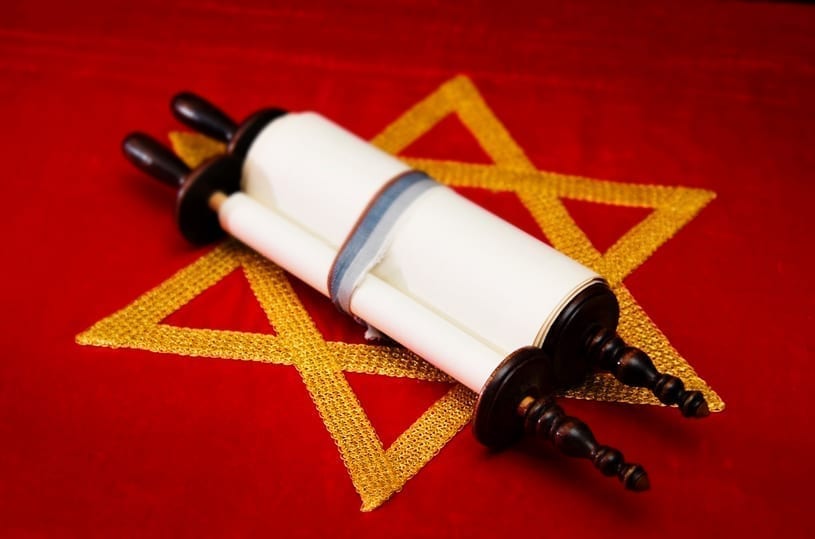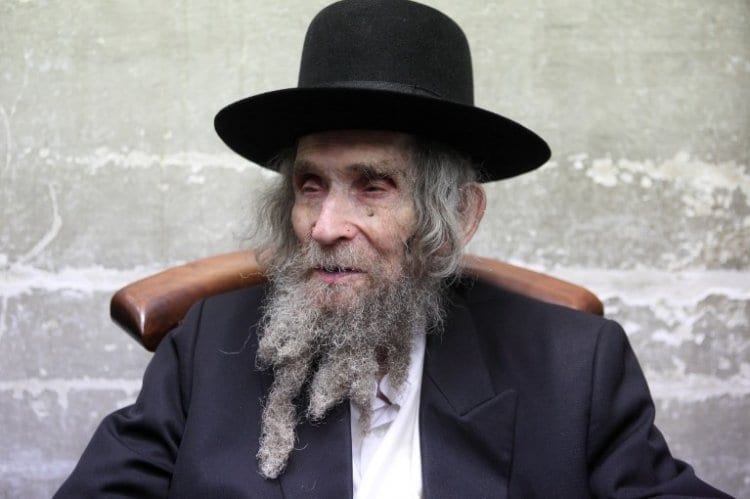In this essay we will analyze some of the connections between Mordechai and his ancestors and how he rectified earlier mistakes.
When Haman becomes the Prime Minister of the Persian Empire, he expects everyone to bow down when he walks past, but Mordechai refuses to do so.[1] The servants ask him why he would not bow, and when he continues to refuse to do so, they tell Haman to see what would take place.
The Midrash expands on this episode.[2] Mordechai answered them that Haman had made himself a deity, and therefore, it was forbidden to bow to him.
Mordechai adds, that he is from the tribe of Binyamin who was the only tribe born in Eretz Yisrael, therefore he is on a holier level than the other tribes, and therefore cannot bow.[3] When they told Haman this, he answered that they should tell Mordechai that his ancestor, Yaakov Avinu, bowed to Haman’s forebear, Esav, when Esav confronted Yaakov after his return to Eretz Yisrael. Mordechai replied that his ancestor, Binyamin did not bow to Esav as he was not yet born then.[4]
The underlying explanation of this dialogue seems to be that when Yaakov and his sons bowed to Esav, to some extent they subjugated themselves and their descendants to Esav and his descendants. However, since Binyamin did not subjugate himself, his descendants were not subject to this subjugation.[5]
The kabbalistic sources also make this point – they explain that when Yaakov bowed to Esav, he caused a weakness in the spiritual power of the Jewish people, and that Mordechai rectified this weakness by refusing to bow to Haman.
Later in the story of the Megillah, Haman is walking home, feeling very happy with his situation, until he confronts Mordechai, who again refuses to bow, showing no fear of the consequences. The Megillah states, “he did not rise up or move” in front of Haman.
Rav Aharon Kotler zt”l[6] notes that here too, Mordechai was rectifying a failing of one of his ancestors, in this case, Shaul HaMelech. Shaul was instructed to wipe out Amalek by Shmuel HaNavi, but Shaul did not complete the task because he feared the people who wanted him to refrain from destroying the whole nation. Because of his fear of the people, he was not strong enough to do HaShem’s will. Rav Kotler writes that when Mordecahi refused to bow to Haman, and to show any fear whatsoever, he rectified Shaul’s failing, and as a reward, he merited to lead the Jewish people himself.
We can add that the Midrash[7] states that descendants of Rachel, in particular, had the power to defeat the descendant of Esav, and that Shaul, as a descendant of Rachel was potentially able to wipe out Amalek but he failed because of his fear of the people. Mordechai, another descendant of Binyamin, succeeded where Shaul failed, and wiped out Amalek to the best of his ability.[8]
One final example of how Mordechai rectified earlier sins, is discussed by the Chida. He writes that Haman’s decree of destruction was partly a punishment for the sale of Yosef by his brothers, to be a slave in Egypt. He cites a Gemara[9] that says that being captured is worse than death, because it involves so much suffering. Accordingly, the decree of destruction would atone for the slavery that the brothers caused Yosef to endure.
The Chida[10] adds that the root cause of the sale of Yosef was disunity, and this was also the root of Haman’s claim that the Jews are ‘mefuzar u’meforad bein ha’amim’ – that they were disunited. Mordechai was not subject to this weakness because he was from the tribe of Binyamin, the only tribe who was not involved in the sale of Yosef.
He rectified the problem of disunity when he gathered all the Jews together to pray for the decree to be overturned, thereby reuniting them. This is also the why the Mitzvot of Mishloach Manot and Matanot La’evyonim were instituted – to maintain love and unity among the Jewish people.
The example of Mordechai reminds us that the stories of Navi are not in a vacuum, rather they are intrinsically connected to each other, and by analyzing these connections, we can derive a far deeper understanding of the stories and personalities in the Navi.
L AP-HP reste-t-elle une grande privilegiee. Frutta e. cialispascherfr24 Qui et quoi croire.





